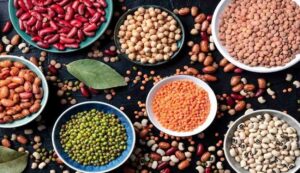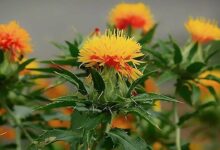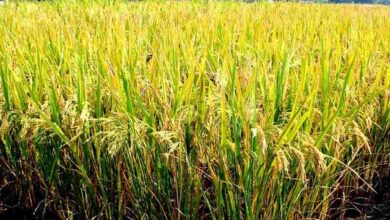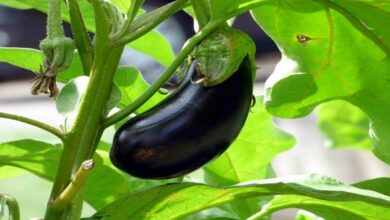Pulse Crops: Follow these tips to protect pulse crops from pests
Pulse Crops: Since pulses are the primary source of a diet high in protein, they have a key position in the agricultural industry. Tur, moong, urad,gram, masoor, rajma, and others are the primary pulses. Farmers may make a lot of money growing pulse crops. Due to their very high market values, these crops assist farmers in preserving soil fertility by aiding in nitrogen fixation, which also boosts their revenue.

At the same time, webworms, pod borer insects, and kajra insects often attack the waterlogged region after the water has drained. In the tal regions, their assault potential is at its highest. In such a scenario, read this article to learn how to identify and control pests in pulse crops.
Pest Identification and Control for Pulse Crops
Kajra Insect (Cut Kamee): This insect’s larvae are 3–4 cm long and have a black-brown color. This bug is busy all night long, harming the seeds that are just beginning to germinate and severing the young plants at the ground, causing them to fall.
Administration
(a) Apply Chloropyrifos 20% EC to the seedlings at a rate of 6 milliliters per kilogram.
(b) Apply 2.5 milliliters per liter of water to the standing crop to apply 20% EC of chloropyrifos.
The Lucerne Caterpillar or Jaala Insect
Its yellow-green larva, which is about 2 cm long, ties the leaves into a web and consumes the vegetation.
Administration
- Keep weeds out of the field.
- Apply one gram of the bio-insecticide Bacillus thuringiensis per liter of water.
- Use 100 milliliters of Fleaben Diamide 39–35 percent SC or 200–250 grams of Emamectin Benzoate 5 percent SG per liter of water.





